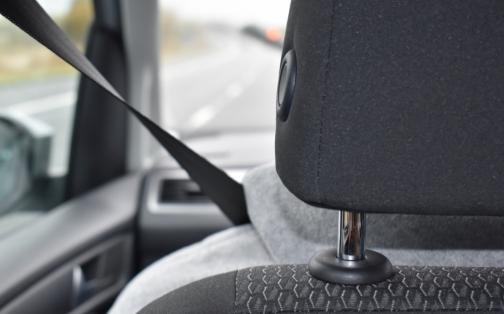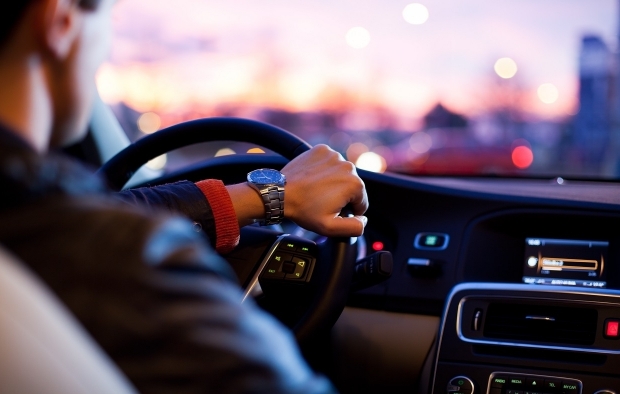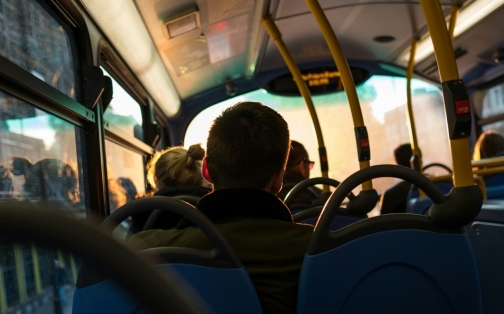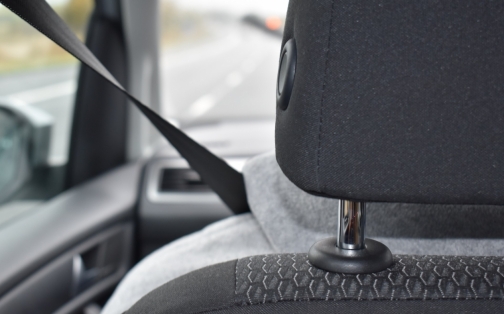
- Home
- News
- Road Traffic
- How Will Self-Drive Cars Affect Whiplash Claims?

How Will Self-Drive Cars Affect Whiplash Claims?
Organisations including Google and Tesla have suggested that self-drive vehicles are the way forward in reducing road traffic accidents. In this article, we look at whether this is actually the case, and how this might affect whiplash compensation claims.
Research by the National Highway Traffic Safety Administration has shown that over 90 per cent of car accidents are caused by human error, lending support to the idea that self-driving cars may have a place in our future. Not only can these cars be given a set of instructions to adhere to, but they are also not susceptible to the type of external influences that affect human behaviour while driving, such as using mobile phones, or drinking.
This suggests that as a passenger of an autonomous vehicle, you may be less likely to be at risk of an injury such as whiplash. Research has suggested that cars can make faster calls than humans, potentially saving lives.
However, a study conducted by the University of Michigan has shown that autonomous cars have a higher crash rate per million miles than those driven by humans, despite the cars never breaking the law, and arguably not being at fault in a single accident.
The reason for these accidents could be due to the fact that drivers on some roads may routinely exceed the speed limit, which cause them to crash into autonomous vehicles in situations such as merging in traffic. This begs the question – can we trust autonomous vehicles to make judgement calls? There are situations where safety, or morals may cause a driver to take unconventional actions, such as speeding.
As the majority of accidents involving autonomous cars involve a conventional car driving into the back of them, it is possible that the prevalence of this type of vehicle could actually lead to a rise in the number of whiplash claimants in the future. In July 2015, three Google employees suffered whiplash after a driver crashed into the back of their self-drive vehicle.
Ultimately, further research needs to be carried out to ascertain the risks posed by self-drive vehicles, and whether they will impact on the safety of passengers in both autonomous and manual vehicles.
Share this article
Request a Callback
Had an accident that wasn’t your fault? Leave your details and we’ll call you back.
Thank you
Thank you for your request, one of our team members will be in touch shortly.
Find Out MoreExisting Client?
Keep on top of your claim 24/7, 365 days a year with Touchpoint, accessible from any internet-enabled device.



